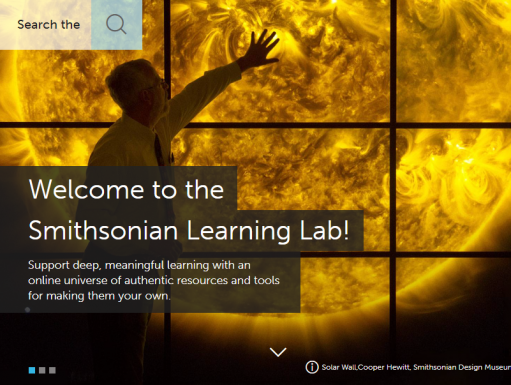One Smithsonian
Addressing complicated issues and global problems such as zoonotic diseases, climate change, and the rapid loss of natural resources resulting from human activities and population pressures requires work that spans disciplines and organizational boundaries. The Smithsonian’s potential to tackle complex challenges, as well as to innovate in design, technology, and other pursuits, is greatest when our museums, galleries, Zoo, research centers, education centers, and mission-support offices work together as One Smithsonian.
This section of the Dashboard highlights forward-thinking, interdisciplinary, and cross-Smithsonian activities that tackle pressing issues and chart new paths that the Smithsonian is particularly well suited to address due to its unique combination of science, history, art, and culture experts and global partnerships. Learn more at Smithsonian Global, Smithsonian Stories, and Smithsonian magazine.
ODT/OCIO



